3 Things That Surprised Us About the 2024 Alfa Romeo Giulia

Recently, we spent a week with a 2024 Alfa Romeo Giulia Veloce Q2. Although there were plenty of issues with the car during our time with it, a few other unexpected surprises emerged. Below we summarize the top three things we were not anticipating during our test drive.
Ride and Handling Balance
The biggest surprise we found was how well the Giulia Veloce balances ride comfort and handling capabilities. Even with the upgraded 225/40R19 summer tires up front and wider 255/35R19 summers on the rear, the car does not punish occupants on cracked city streets.
Through the quick 11.8:1 steering ratio, we can feel everything the tires are doing and how much contact they currently have. But during long freeway stints, the Giulia resides on the smoother side. During our week with the car, we routinely had four to five occupants on board. None ever complained about a bumpy ride or road vibrations making their way into the cabin.
Transmission Response
All versions of the 2024 Alfa Romeo Giulia come equipped with an eight-speed automatic transmission. Flanking the steering wheel are two large paddles shifters attached to the steering column as opposed to the wheel itself. Many modern cars come with paddle shifters these days, but for the fast majority of those housing a traditional automatic transmission, the paddles aren’t worth using. The Giulia is not one of those cars.
In the car’s sportiest drive mode, called Dynamic, upshifting the transmission via the paddles is incredibly quick. It can easily rival some dual clutch transmissions in how quickly it cranks up the gear tree. There is more of a delay when downshifting though, but still faster than most auto boxes. The more we drove this car, the more we used the paddle shifters.
(Lack of) Engine Sound
Like most of the 2024 Alfa Romeo Giulia trims, the Veloce comes equipped with a 2.0-liter turbocharged four-cylinder engine. It produces a healthy 280 horsepower and 306 pound feet of torque. After a momentary initial delay, the turbo four builds power quickly and feels more robust than the numbers would suggest. There’s just one problem. We can’t hear it.
There is a very faint burble outside of the car at idle, but inside the engine is quite muted. Alfa Romeos are meant to be something special, a bit different from the ordinary. They’re flashy, good-looking cars available with equally vibrant paint. So why not give the four-cylinder Giulia’s a valved exhaust like the turbo V6 monsters? It could be manually adjusted so drivers can decide if they want to keep the engine note as is, or if they want to crank it up a little on long country drives.
Become an AutoGuide insider. Get the latest from the automotive world first by subscribing to our newsletter here.

A 20+ year industry veteran, Mike rejoins the AutoGuide team as the Managing Editor. He started his career at a young age working at dealerships, car rentals, and used car advertisers. He then found his true passion, automotive writing. After contributing to multiple websites for several years, he spent the next six years working at the head office of an automotive OEM, before returning back to the field he loves. He is a member of the Automobile Journalists Association of Canada (AJAC), and Midwest Automotive Media Association (MAMA). He's the recipient of a feature writing of the year award and multiple video of the year awards.
More by Mike Schlee




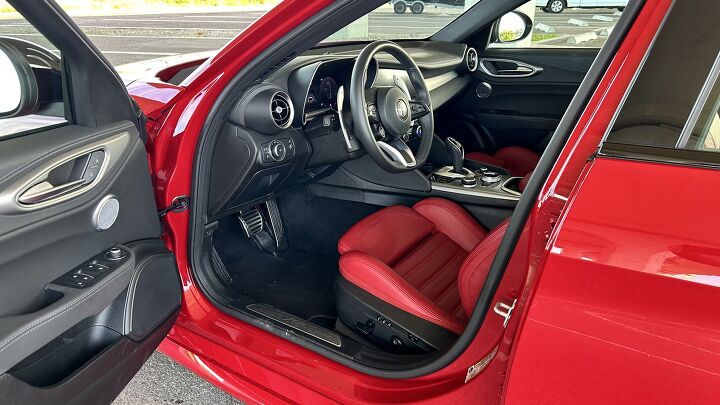















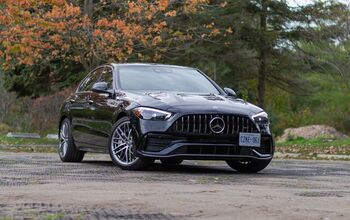




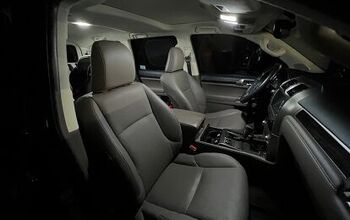
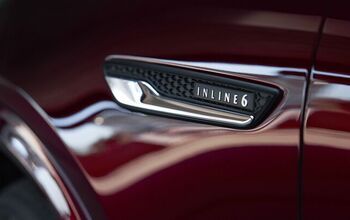

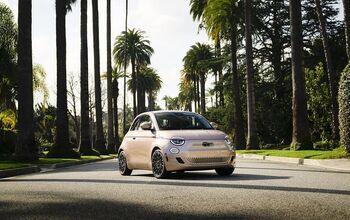

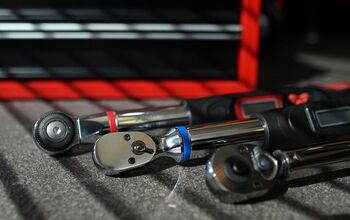
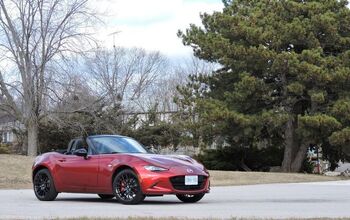
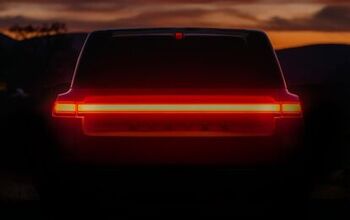

Comments
Join the conversation